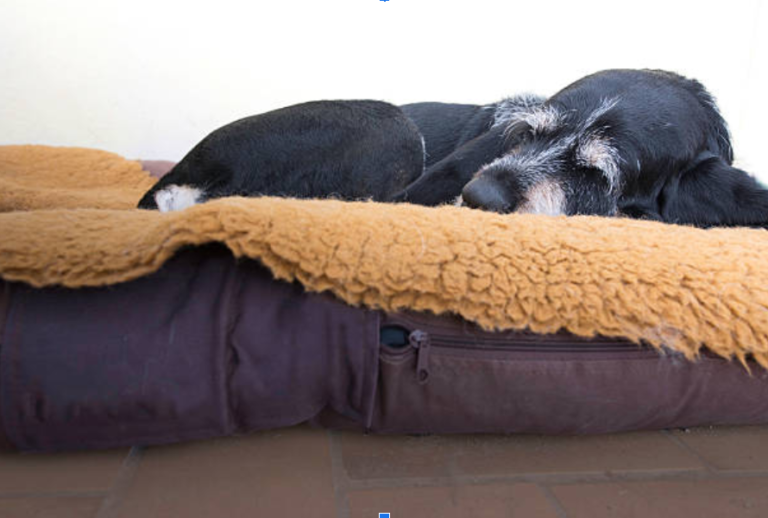Do Horses with Laminitis Benefit from Gut Health Supplements?

Laminitis is a complex and very recurring equine disorder that affects the sensitive laminae of the hoof. While it is linked to metabolic disease, diet, or mechanical trauma, recent horse care discussion has led to a consideration of the potential for some relationship between gastrointestinal health and the incidence or control of laminitis. This has led many horse owners to question: could supporting gut function offer potential benefits for horses prone to laminitis?
While much is still being explored in this area, it is worth considering the interconnected systems within a horse’s body particularly the gastrointestinal tract and its influence on inflammation, nutrient absorption, and overall wellness. Let’s take a closer look at the connection between gut health and laminitis in horses, and where gut health supplements might fit into an overall wellness strategy.
Understanding Laminitis in Horses
Equine laminitis is the inflammation of the laminae, which are tissues that attach the hoof wall to the coffin bone. In its extreme form, it leads to structural changes in the hoof, thereby causing pain and also causing movement to be difficult. Causes of laminitis vary widely and may include:
- High sugar and starch diets
- Temporary access to pasture
- Equine metabolic syndrome (EMS) or Cushing’s disease
- Unusual hoof conformation or obesity
- Abnormal bearing due to injury in the contralateral limb
The treatment of the condition typically encompasses diet changes, exercise moderation, care of the hooves, and supportive nutritional supplements in some instances, such as a horse joint supplement to promote general comfort and freedom of movement.
The Gut-Laminitis Connection
Horses have a very sensitive digestive system, especially in the hindgut, where fermentation occurs. Any abrupt dietary change, excessive grain intake, or inadequate quality forage can upset the microbial balance and create digestive problems. When there is an imbalance of microbes, byproducts like endotoxins are released into the blood, which can cause inflammation in the system.
In horses predisposed to laminitis or those who have recently recovered from laminitis gut imbalances also lead to metabolic stress. This has led some equine professionals to wonder if enhancing digestive balance would provide a collateral method for helping laminitis- or metabolic imbalance-afflicted horses.
The Role of Gut Health Supplements

Gut health supplements are formulated to enhance the health of the digestive tract of a horse, generally by activating microbial equilibrium, promoting fiber fermentation, or sustaining normal hindgut pH. The supplements can contain the following:
- Prebiotics (to activate helpful bacteria)
- Probiotics (live microbial culture)
- Digestive enzymes
- Yeast cultures
- Custom mineral or fiber mixes
Although these supplements are not a cure or treatment for laminitis in horses, gastrointestinal stability may potentially play a role in overall animal health. An equilibrated gut environment may, for example, be involved in nutrient uptake, immune function, and metabolic homeostasis a complex of factors that would continue to apply to horses with a history of recurrent laminitic episodes.
Using Gut Support as Part of a Management Program
For a horse with laminitis, gut health supplements may be part of an overall wellness program that has more than one element. Aside from a healthy diet and periodic hoof trimming, digestive support can assist in the retention of normal function during stresses like diet change, seasonal pasture variation, or recuperation periods.
But supplements should not be relied on so heavily. There is no one product that can substitute for good feed, routine trimming, or veterinary care. But for sensitive horses whose systems are ailing, targeted assistance in the form of digestive products may provide a means to complement present care programs.
See also: The Impact of Mental Health on Teen Relationships
Don’t Forget Joint and Mobility Considerations
While laminitis only impacts the hoof, its effects can carry over as far as a horse’s movement and positioning. Horses recovering from laminitis may redistribute their weight, establish compensatory patterns, or place additional stress on other joints. Adding a horse joint supplement to your routine may give complete assistance to mobility and joint stability.
Some of the newer products on the market are formulated to provide multi-function support combining ingredients for use toward the health of the joints and digestive system into one product. This may be helpful for horses that require that range of care, but each horse will vary based on age, history, and workload.
A Word on Product Selection
If you are considering adding a gut health supplement to your horse’s routine, it is important to review the ingredients, research the manufacturer, and consult with your veterinarian or equine nutritionist. Look for products that are tailored for equine use, with transparent labeling and consistent dosing guidelines.
When selecting a horse joint supplement, consider whether it is consistent with your gut support approach or whether it contains duplicative ingredients that will impact palatability or cost. Each product will need to be selected based on the unique needs of your horse and not on broad advertising statements.
Final thoughts
Supporting gut health may not address laminitis directly in horses, but it can be included in a general well-being program especially for horses that have sensitive metabolic systems or have a history of gastrointestinal problems. Acute or preventive therapy, combining good husbandry with good-quality supplements of choice, may provide a support base.
For equine care providers wanting a multi-system solution for joint and digestive health, formulas such as OptiWize Collagen Plus provide solutions that address these linked systems.
Just like with any plan of care, the optimal ways start with observation, consultation, and careful tailoring based on your horse’s individual profile.





